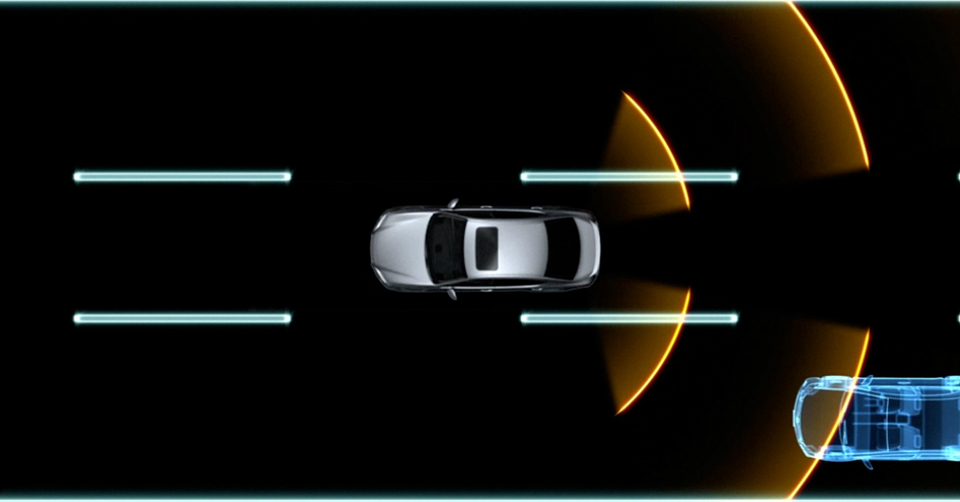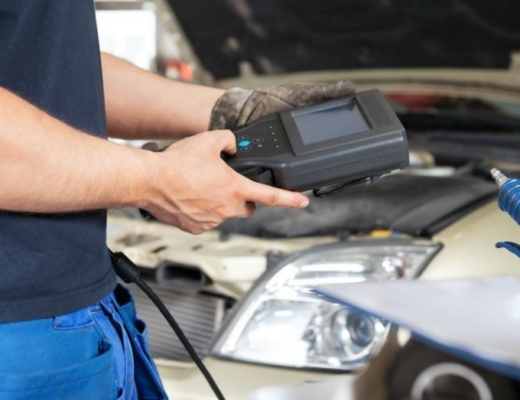No longer just an engine and four wheels, cars, trucks, SUVs and vans have made huge strides over a long period of time to become easier to drive, more comfortable, more useful and much more enjoyable.
Long gone are the days of not having power steering or a decent suspension, here today almost every car made is well-equipped with technology and advances in safety that would not have seemed possible several years ago.
That being said, what are some of the latest technologies that cars have to make the ride more pleasant and useful for drivers and passengers alike? Here are ten of them that make the grade as the most useful technologies available today.
Expanded Bluetooth
Bluetooth has been synonymous with hands free calling for quite a while but advances in this technology have allowed some users to enjoy the benefits of Message Access Profile (MAP) to send text messages from a phone hands free. This is achieved by either using a list of previously composed messages or by using voice recognition software to allow spoken words to be converted to messages. Apple users have the expanded Bluetooth of the Siri Eyes Free feature on some vehicles which allows the voice recognition and hands free use of the application. The Siri Eyes Free is actually even more advanced allowing users to be able to play music, set reminders and gain directions all hands free.
USB Ports
USB ports are extremely useful in any vehicle as they allow the charging of electronic devices and accessories without having to use a wireless function. This allows owners to choose their own music, even from older devices and have it play through the vehicle without the same loss of quality that can be experienced when listening to music that is transmitted through Bluetooth. As of now, the use of USB device is the only way to be able to browse music using the vehicle display until vehicles are equipped with Bluetooth’s AVRC 1.4 specification.
Keyless Access and Start
Added security and added ease of access is gained when the Keyless Access and Start are equipped on a vehicle. By touching a button or sensor on the door handle when the key fob is within close proximity to the vehicle the vehicle can be locked, unlocked, started and have the theft immobilizer disengaged. When the key fob is not nearby the vehicle will be secure and immobilized, lessening the chance of vehicle theft.
APP Integration
Becoming ever more popular and adding apps all the time, the APP integration offered utilizes the infotainment system and are able to access many mobile APPs for owners to enjoy. These APPs include such popular choices as Pandora radio, Bing Local Search, Stitcher radio, The Weather Channel, Movietickets.com, OpenTable, Aha radio and Glympse. There is no doubt this will continue improve and increase over the next few years allowing drivers to be completely connected to any APP the y choose and many of them hands free.
Natural Speech Voice Recognition
Voice recognition software used to be a complete joke, it was hard to navigate and annunciate for the system to understand and translate what was being said. In addition to the speech issue, commands had to match exactly what the software understood. With Natural Speed Voice Recognition software the same command could be stated several different ways allowing any driver to have the desired results. To add to this great advancement, many of the voice recognition software allows for one-shot destination entries that make it easy for an entire address to be spoken at once and understood rather than only parts of the address at a time.
Remote Vehicle Management
With smartphones and smart vehicles has come the application of Remote Vehicle Management making it easy to control a vehicle from a smartphone. These APPs, once downloaded, allow owners to lock, unlock start and control climate settings from just about anywhere. In addition to handling these functions the APPs are made to offer information such as diagnostics and fuel levels to help any owner know what is going on under the hood of the car as much as inside the cabin.
Blind Spot Monitoring and Cross Traffic Alert
Even though many vehicles have been fitted with blind spot mirrors for years, a small round mirror on the corner of the side mirror that gives a view of the blind spot, blind spots have been responsible for a great deal of accidents each year. To address this problem many automakers are now installing a sensor based system that informs drivers of a vehicle in their blind spot if a movement or turn signal is turned on going toward that vehicle. This system alerts the driver through either a vibration in the seat, a loud noise or an indicator light. Because it’s easy enough to add many vehicles with Blind Spot Monitoring also are equipped with Cross Traffic Alert that uses the same system to warn the driver of impending traffic while backing out of a parking spot. Some vehicles are even so advanced the brakes are applied if traffic is detected when backing out of a parking space.
Lane Keeping Assists
The Lane Keeping Assist system is designed to recognize the painted lanes on a road and help keep drivers from unintentionally changing lanes. This system is meant to basically perform the opposite function of the Blind Spot Monitoring by alerting the driver when the turn signal has not been engaged. Once again some of the higher end models have been fitted with correctional technology that pulls the steering wheel and helps to guide the car back into the middle of the lane avoiding inadvertent lane changes.
Embedded Telematics
Embedded telematics systems are designed to work well with owners that don’t own smartphones. These telematics offer many helpful features such as automatic crash response, stolen vehicle notification, live concierge services and roadside assistance to provide the driver with a guardian angel they can count on in the case of an emergency. Many vehicles have a six month trial period with these embedded telematics most popular of them is the GM OnStar system. This gives plenty of time for owners to decide if they want to continue the subscription.
Adaptive Cruise Control and Pre-Collision Systems
Adaptive Cruise Control allows a driver to set their cruise control and the vehicle will adjust speeds based on the vehicles in front of it. This adjustment will allow for a set following distance to be met and maintained. Once the distance between vehicles has been expanded above the set gap the set speed will be returned automatically. The Pre-Collision System warns a driver if a vehicle is coming too close from any side of the vehicle, but especially the front. In some vehicles the brakes will be automatically applied by the vehicle which responds faster than most drivers can, helping to avoid accidents.
All of these technologies are made to help drivers and passengers enjoy their drive much more than ever before. Most vehicles today have one or more of these technologies on board for drivers and passengers to enjoy. Finding which technologies and features a shopper will enjoy is a personal preference and may require some test drives, especially since so many cars are now outfitted with so much to enjoy.
This post may contain affiliate links. Meaning a commission is given should you decide to make a purchase through these links, at no cost to you. All products shown are researched and tested to give an accurate review for you.




